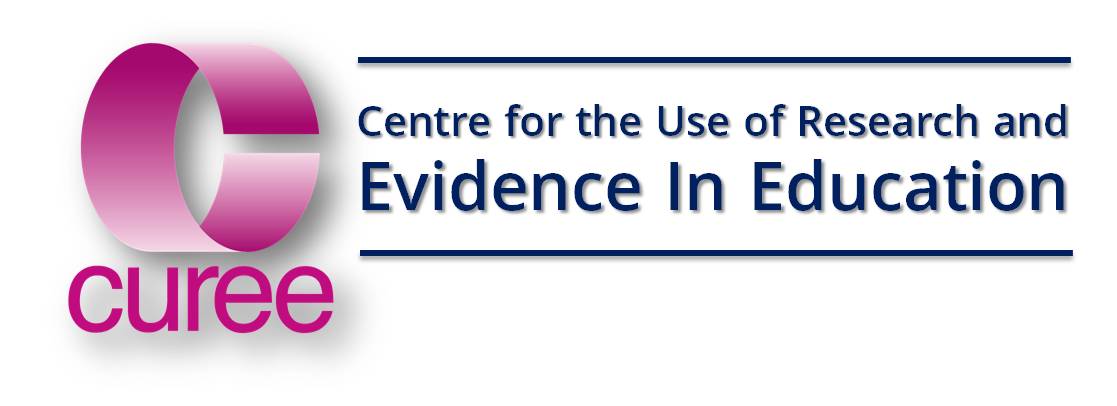Gender and mathematics: what can research tell us about how we teach mathematics to boys and girls?
Aim: The project had three quite distinct aims:
1) To identify from existing research literature what is known about gender differences in learning mathematics at secondary school - no attempt was made to establish any new insights;
2) To elicit, through interviews, the perceptions that a group of mathematics teachers had concerning the impact of gender on learning mathematics; and
3) To use the contrasts and similarities between the findings of the research and the outcomes of the interviews, as astimulus for the development of classroom teaching.
